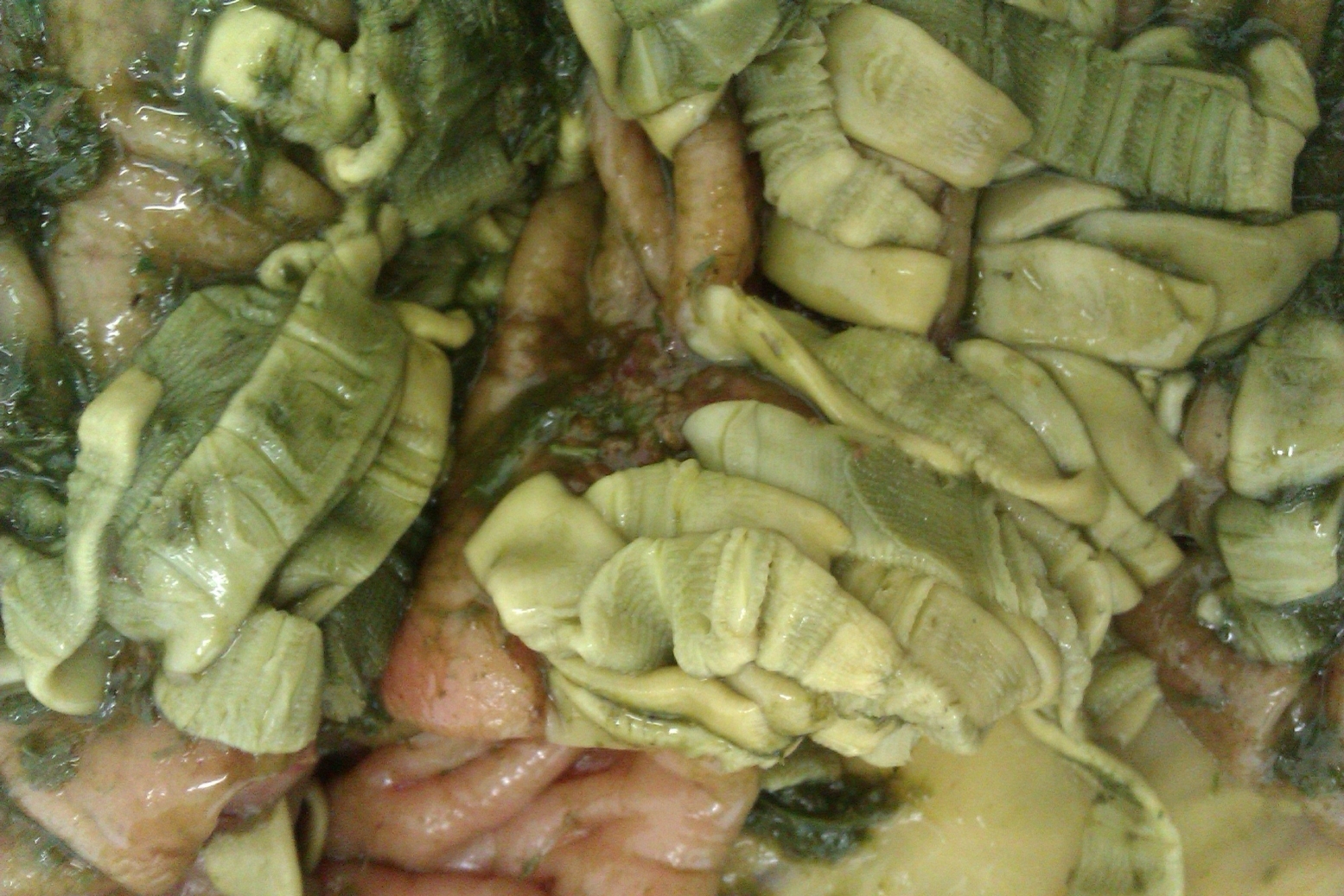Tapeworm and Horse Health
Tapeworm infections can pose a significant threat to horse health, as they have been associated with various clinical cases of colic and intestinal obstruction, as follows:-
- Intussusception, a form of colic where one part of the intestine telescopes into another
- Caecal perforation or rupture, leading to peritonitis, wherein contents of the caecum leak out and cause infection of the abdominal cavity (peritoneum)
- Thickening of the ileo-caecal junction and mucosa, leading to intestinal obstruction due to the gut in this area moving abnormally
- Intestinal obstruction, as above and can be caused by a large mass of tapeworms blocking the junction between the small and large intestine
- Ileal or caecal torsion, meaning twisting of the intestines causing severe pain and obstruction.
Horses may present with recurrent colic over a few weeks, with bouts becoming more frequent and more severe. Alternatively, there may be a sudden onset of colic with severe pain. The most common problem is a mild colic due to the constricted nutrient flow as the contents of the intestines get backed up.
Given the correlation of infection intensity to horse intestinal health, and concerns for dewormer resistance, there is an increasingly recognised need for accurate diagnostic tests.
How many horses have a tapeworm burden?
Larger tapeworm burdens are more likely to be of clinical significance, but even moderate burdens can result in damage to the intestinal mucosa. It has been shown that the higher the infection site in the gut, the more likely the horse is to suffer from colic. Due to the small intestinal region in which tapeworms attach – the ileo-caecal junction – tapeworms tend to cluster close together, so combining into a mass large enough to cause severe lesions.
in damage to the intestinal mucosa. It has been shown that the higher the infection site in the gut, the more likely the horse is to suffer from colic. Due to the small intestinal region in which tapeworms attach – the ileo-caecal junction – tapeworms tend to cluster close together, so combining into a mass large enough to cause severe lesions.
Of horses tested to date, only a quarter have an infection requiring treatment. This finding suggests that a huge number of horses (approximately 3/4) are receiving routine tapeworm treatment when they don’t need it.
